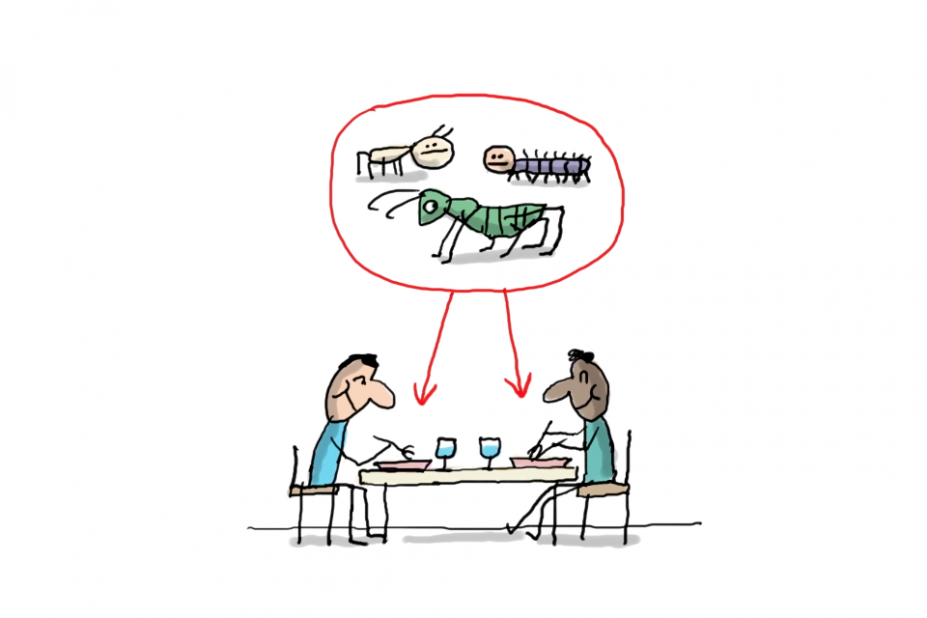In the next 20 years, what we eat is going to change a lot.
The food of the future must meet two major challenges: a growing population and environmental protection.
How can we feed 8.5 billion people in 2030 with products like meat or corn which need lots of water?
Meat gives us the proteins we need to grow.
But we can find these proteins elsewhere, in plants like soya and also in insects!
Africans and Asians have been eating caterpillars, termites or locusts for ages.
In Europe, eating chocolate crickets or mealworms will soon become commonplace. Have you tried?
Scientists know how to create artificial meat in laboratories from cow cells.
This new technology would save lots of water. But synthetic steak is not as tasty as real steak yet.
In salads of the future, lettuce will be replaced by seaweed such as nori or wakame, already served in Japanese restaurants.
Beyond these products, the food of the future will focus on zero waste.
Because today, one third of the world’s food production is wasted.
Inventing new recipes using leftovers, will be part of tomorrow’s cooking too!





 Retour
Retour